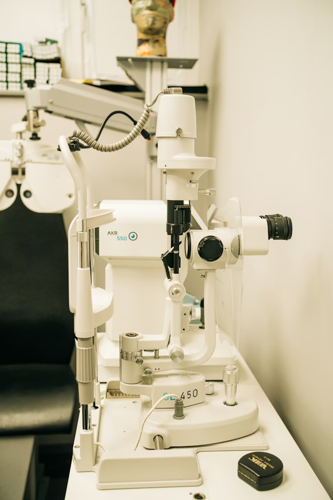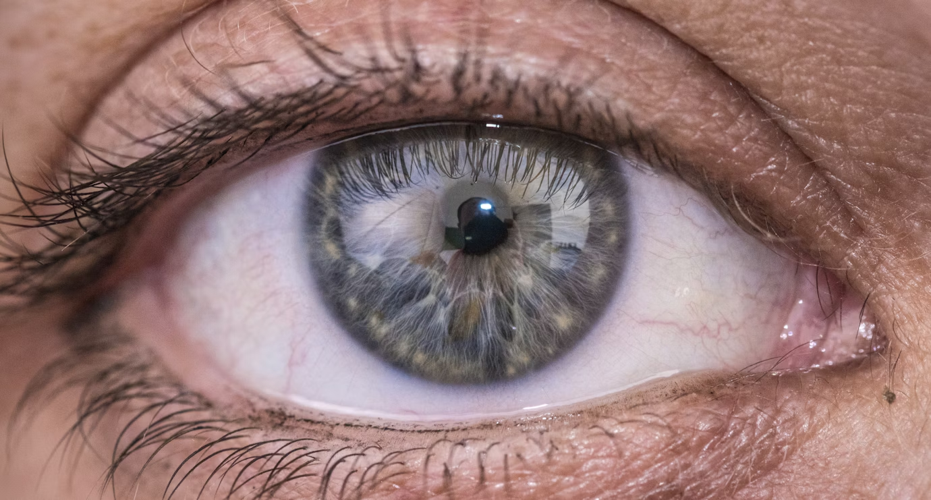Cataract surgery has evolved into a refined field with numerous techniques designed to match different visual needs, eye conditions, and lifestyle goals. Selecting the most fitting approach can feel overwhelming for many individuals who are unfamiliar with the terminology, technology, or treatment pathways. Clarity emerges when the available options are presented in plain language and connected to the personal vision targets that guide medical decisions.
This article offers a detailed look at several widely used procedures, the situations where they shine, and the factors that help shape a confident choice. Each method carries its own strengths and considerations, and a clear understanding of these elements can support productive conversations with a surgeon and create peace of mind long before the day of treatment arrives.

Choosing a Centre That Aligns With Your Needs
Searching for a clinic that matches your expectations involves more than browsing through credentials or glancing at brochures, as many patients feel more secure when they sense a strong balance between technology, skill, and patient guidance. Trust grows when a surgeon explains each phase of care with patience and encourages questions that matter. Some individuals look for a place that blends a supportive environment with clear communication, and this quest often leads them toward respected providers such as the Asia Pacific Eye Centre that serve as a dependable partner throughout their treatment journey. A clinic that invests time in understanding your vision priorities becomes a place where comfort and confidence can develop, creating a foundation that influences every step of your experience.
Understanding Traditional Phacoemulsification
Phacoemulsification represents the most widely practised method for cataract removal. A tiny incision allows a device to enter the eye and break apart the cloudy lens with ultrasonic vibrations, followed by gentle suction of the fragments. The compact incision size helps the eye heal smoothly, and many patients appreciate the quick visual recovery that often begins within a short period. This technique suits a broad range of cataract severities and accommodates many intraocular lens types.
Surgeons who rely on this approach value its flexibility and long record of successful outcomes. The technique adapts well to eyes with moderate or advanced cataracts and can be combined with modern lens choices that address distance, near, and intermediate needs. Many individuals find comfort in its long-standing history, which offers a sense of predictability. A detailed consultation allows the surgeon to examine the eye, gauge the cataract’s density, and determine if this method fits your visual goals.
Exploring Laser-Assisted Cataract Surgery
Laser-assisted cataract surgery introduces precision through computer-guided imaging and laser technology. Instead of manual handheld instruments creating the initial steps, the laser maps the eye, crafts highly accurate incisions, and softens the cataract for easier removal. These refinements appeal to people who value fine control during delicate procedures.
The accuracy produced by the laser can support consistent outcomes among diverse eye shapes or lens positions. Some individuals with astigmatism benefit from laser-created incisions that adjust the corneal contour. Others appreciate the smooth fragmentation of dense cataracts produced by laser energy, which reduces the amount of ultrasound needed in later steps.
Conversations with your surgeon help reveal whether this approach aligns with your expectations. A person seeking elevated precision or looking for advanced astigmatism management might feel drawn to this option. Surgeons often describe its advantages in straightforward language and allow the patient to weigh its strengths relative to traditional methods.
Considering Lens Implant Choices

The replacement lens plays a central part in shaping your new visual world. Several categories exist, each guiding the eye toward different focal ranges. Monofocal lenses target a single clear distance and suit individuals comfortable with wearing reading glasses. Some patients appreciate the simplicity of this choice, as it provides crisp distance clarity without splitting light.
Multifocal lenses distribute focus across several distances so reading, intermediate tasks, and far activities can feel more natural. People who enjoy independence from spectacles often explore this choice. The visual experience may involve halos or rings around lights during the early period, yet many adapt over time and value the broader range of clarity.
Extended depth of focus lenses stretch the focal zone so the eye transitions through distances with minimal abrupt change. This design appeals to individuals who want a smoother vision for daily tasks. Toric lenses address astigmatism by shaping light in a directed way that reduces blur. When paired with laser-assisted or traditional phacoemulsification techniques, toric lenses can sharpen clarity for those with irregular corneal curvature.
Your surgeon examines factors such as corneal shape, pupil size, visual habits, and eye health when guiding lens selection. These insights shape a tailored plan that fits your priorities, whether they revolve around reading comfort, driving clarity, desk work, or outdoor hobbies.
Comparing Outcomes and Expectations
Patients often wonder how long visual recovery will take or how their daily routines may shift after surgery. Most individuals notice improvements soon after the procedure, with gradual strengthening of clarity over several days. Some people return to normal tasks quickly because the incision is small and the eye adapts well to the new lens.
A conversation about expectations helps align practical goals with the likely outcome. If someone chooses a monofocal lens, they may gain outstanding distance clarity but still rely on spectacles for near work. A multifocal or extended depth of focus lens could reduce this reliance, though light adjustments such as mild night halos may appear in the early phase.
Knowing What Shapes the Best Personal Choice
Choosing the right procedure is influenced by lifestyle, medical history, comfort level with technology, and personal vision priorities. Some people value the long history of traditional phacoemulsification, while others lean toward the precision offered by laser-assisted techniques. Age, occupational demands, and visual tendencies all contribute to a plan that feels natural.
A thoughtful discussion with your surgeon helps transform these many choices into a clear path. When patients reflect on their daily habits and describe the details that make visual comfort meaningful, the treatment plan gains direction and purpose. This mutual understanding between patient and surgeon supports a smooth experience from beginning to end.
Cataract surgery presents a range of techniques and lens options that can match virtually any visual profile. Exploring these choices with an experienced surgeon helps create clarity long before the day of treatment arrives. When individuals understand how each method works and how each lens influences daily activities, decision-making becomes far less stressful and far more empowering. A carefully chosen procedure not only restores the clarity lost to cataracts but also shapes a visual future that supports comfort, confidence, and renewed enjoyment of everyday life.



(0) comments
We welcome your comments
Log In
Post a comment as Guest
Keep it Clean. Please avoid obscene, vulgar, lewd, racist or sexually-oriented language.
PLEASE TURN OFF YOUR CAPS LOCK.
Don't Threaten. Threats of harming another person will not be tolerated.
Be Truthful. Don't knowingly lie about anyone or anything.
Be Nice. No racism, sexism or any sort of -ism that is degrading to another person.
Be Proactive. Use the 'Report' link on each comment to let us know of abusive posts.
Share with Us. We'd love to hear eyewitness accounts, the history behind an article.